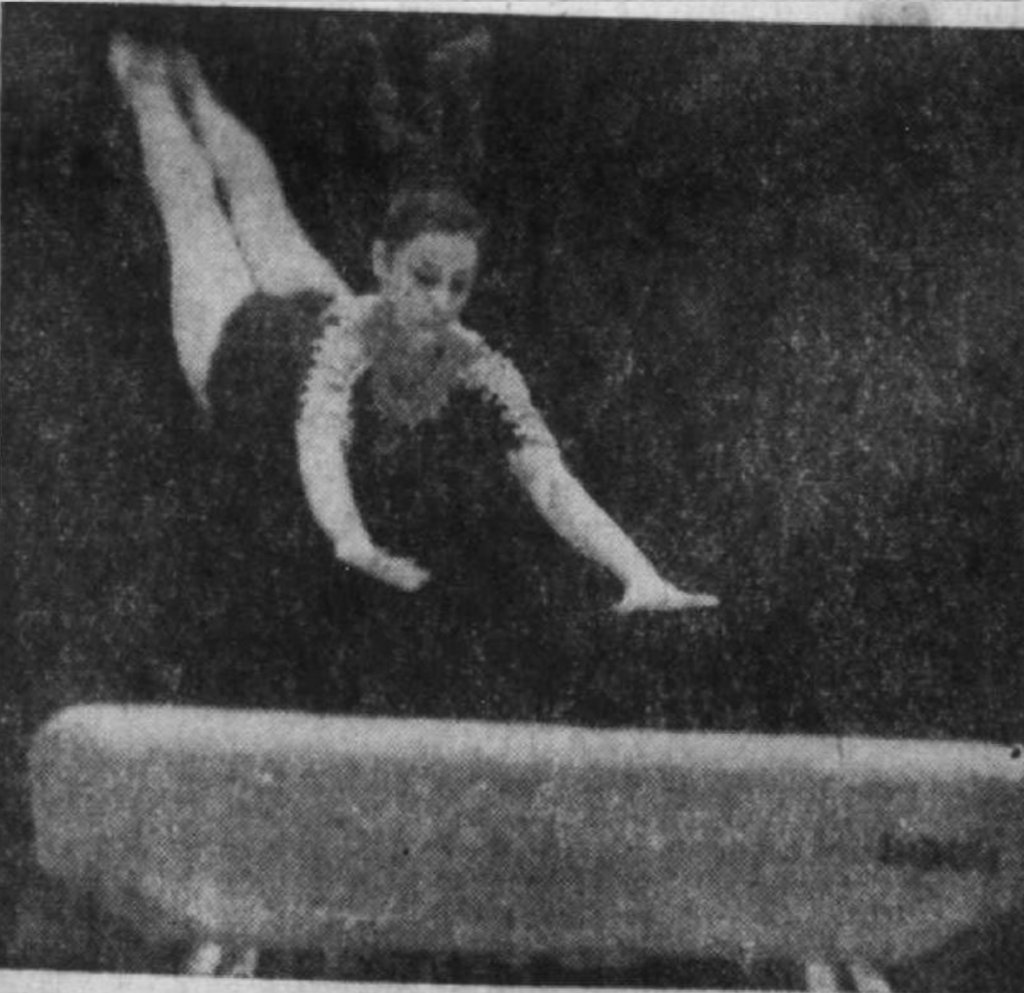At the 1971 European Championships, Viktor Klimenko won the all-around. Then, while warming up for the event finals on floor, he tore his Achilles tendon. He managed to recover in time to win gold on pommel horse, silver on vault, and a silver with the Soviet team in Munich. One year later, in 1973, Klimenko once again found himself on top of the all-around podium at the European Championships in Grenoble, France.
But it was his teammate Nikolai Andrianov who pushed the sport’s difficulty level forward by debuting new elements: a double pike on floor as well as a full-twisting double back off rings. (Reminder: Tsukahara had competed a full-twisting double back off high bar in 1972, and one year later, Andrianov was doing the same dismount off rings.)
Also of note: Bernd Effing performed an Arabian 1 ¾ on floor in Grenoble, helping to usher in decades of roll-out skills (and concussions). And Eberhard Gienger added his own spin to Tsukahara’s full-twisting double back off high bar by performing the twist on the first flip.
While the gymnastics was exciting at the men’s European Championships, the organization of the competition left much to be desired. For example, they played the wrong national anthem for Eberhard Gienger. It happened during a historic medal ceremony where Gienger from West Germany and Klaus Köste from East Germany stood side by side on the podium.
Here’s a bit more about the 1973 European Championships in Grenoble.

Note: I was looking for photos of the historic medal ceremony, but I couldn’t locate any. This is what I found instead.






